How to paint petals in watercolour
A step-by-step guide to creating a realistic petal using watercolours.

This tutorial shows you how to paint a petal in watercolours. Flowers are always lovely subjects to paint, but their complex petals can often be difficult to get right. By looking at the contrasting effects of highlights, midtones and shadows on a single petal, I will show you how to get a more realistic, tonal appearance with just a few techniques, and only three basic mixes on the palette. See the video below or read on for instructions.
For more tips on this medium, see our watercolour techniques, and make sure you've got the right tools with the best watercolour paper and the best watercolours.
How to paint petals in watercolour
1. Make the first wash
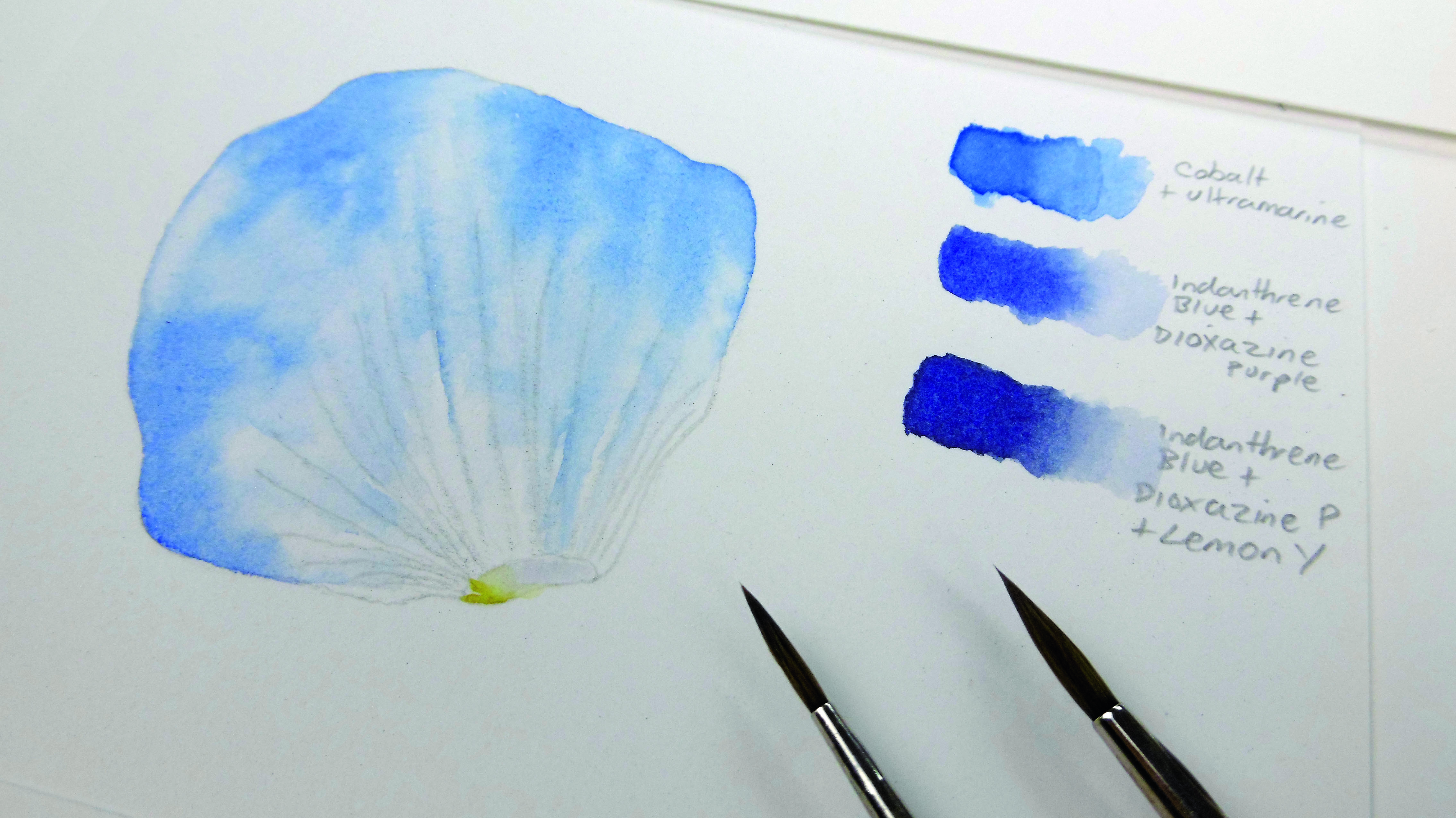
After laying a glaze of clean water, I drop in the lightest colour. While the glaze is still wet, I continue to build up the tone where I need to by adding more touches of paint several times. Lifting colour with a clean, damp brush maintains any highlights and softens the finish. Let each layer dry before applying the next.
2. Add the midtone
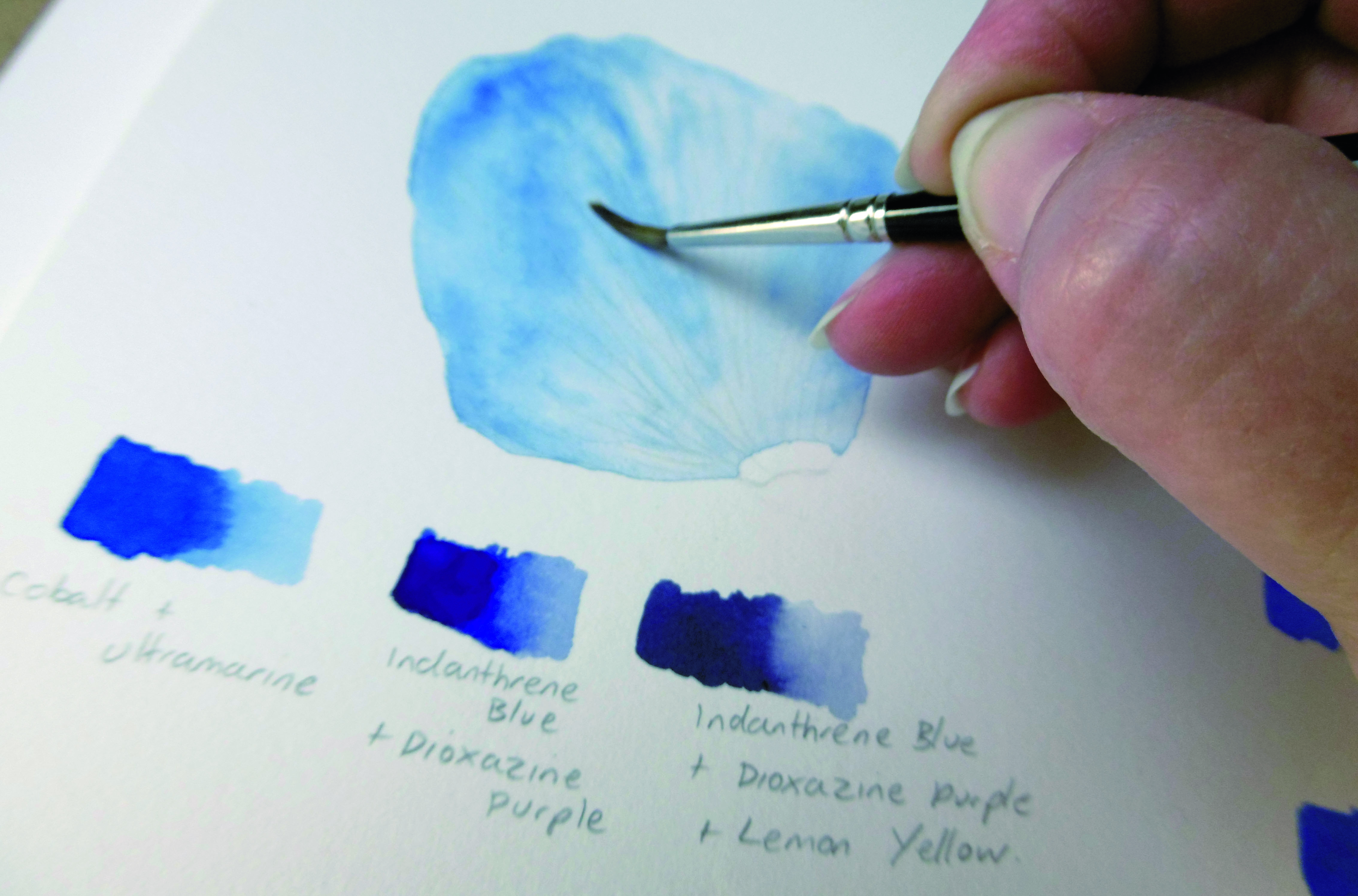
Now onto the midtone, which will form the actual colour of the petal. Working as before, I let the water glaze settle before dropping in the second colour. Keeping the paint away from the brightest highlight, I leave plenty of the first wash visible. Again, I use a clean, damp brush to lift off any unwanted colour.
3. Add details
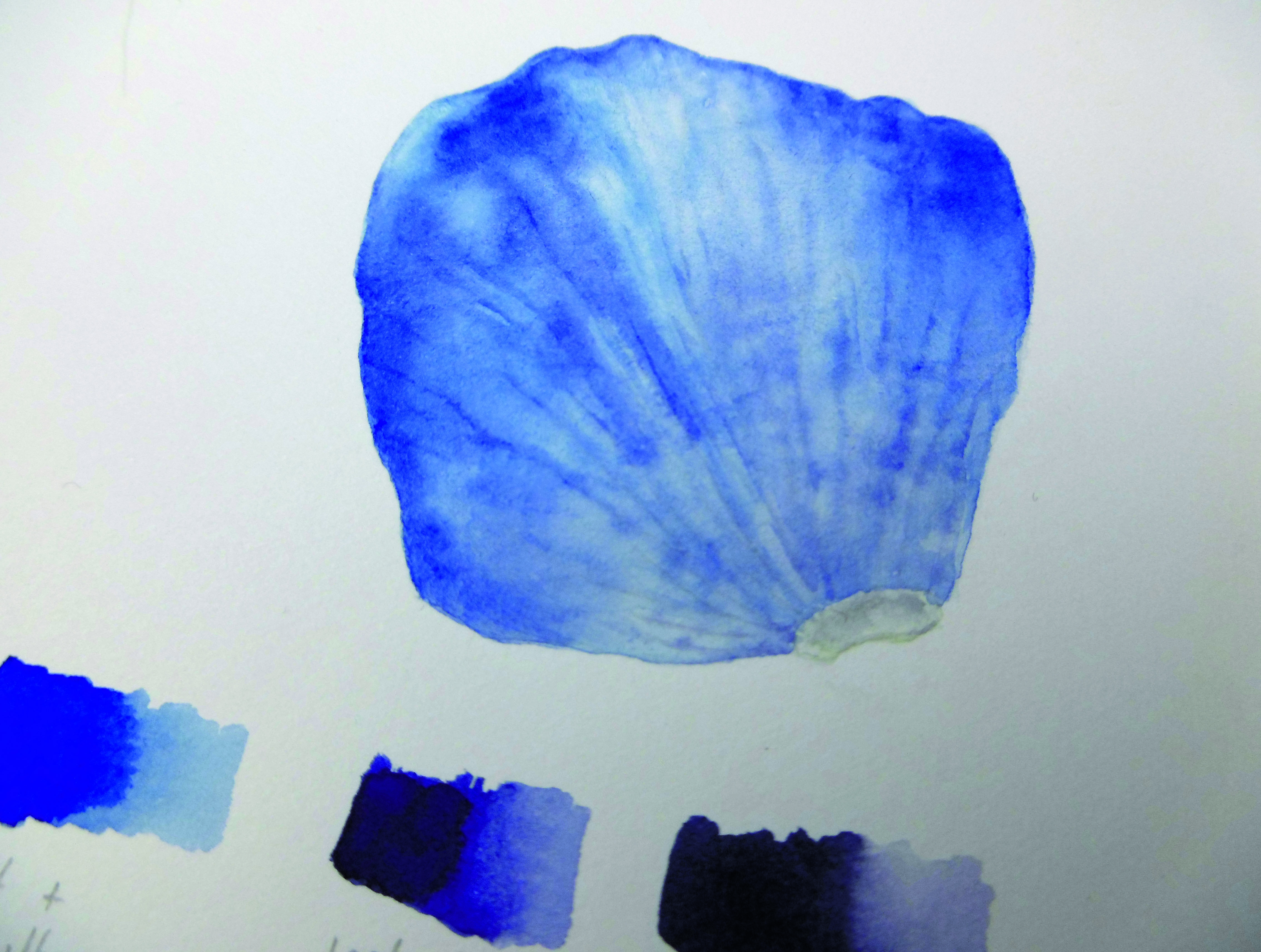
Shadows offer the deepest tones and will give the petal a three-dimensional appearance. Another glaze helps the darkest paint spread, softly building the deeper tones, and creating higher contrast and tone. With more variation and contrast it will look more lifelike. At this stage, wet-on-dry details can also be introduced.
4. Build depth
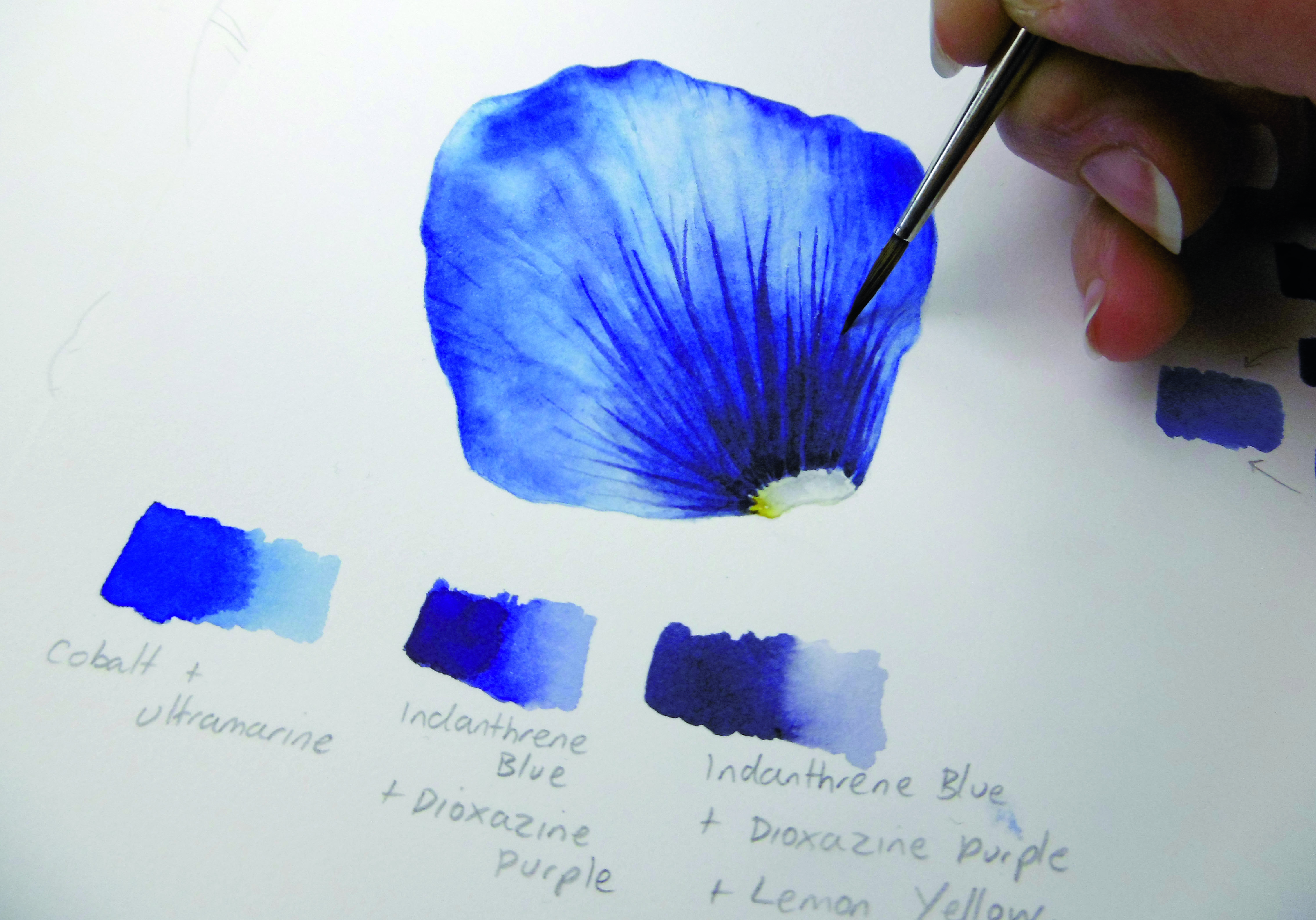
Working wet on dry, I apply the deepest colour only where I want it. This builds more depth and movement with several layers of paint. I also soften the edges with a clean, damp brush. The characteristic markings are softened with several complex overglazes, made by mixing the hues on the palette together.
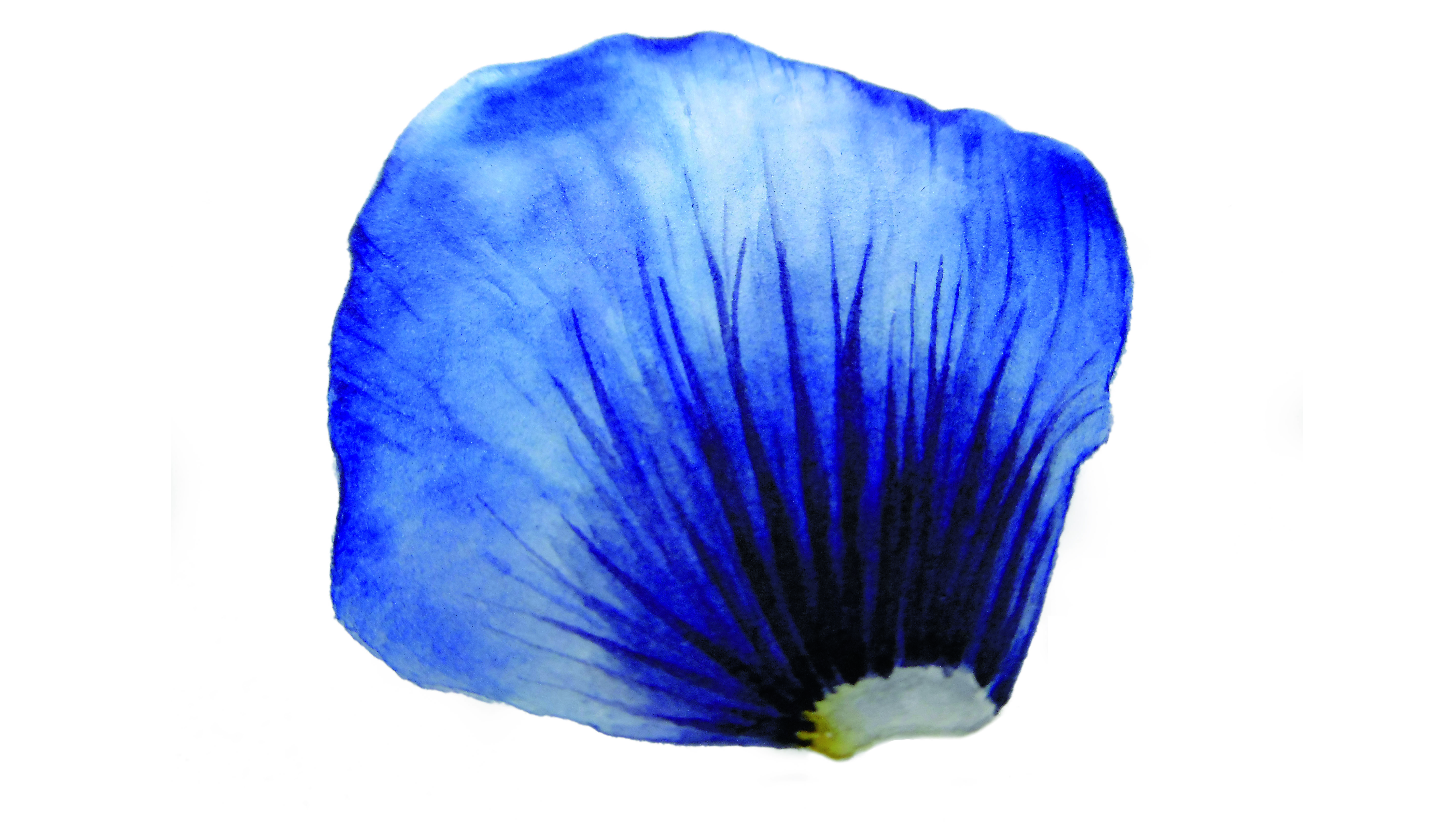
This content originally appeared in Paint & Draw Watercolours. Buy it at Magazines Direct here.
Read more:
- How to use a watercolour glazing technique
- How to illustrate with watercolours: 7 pro tips
- 11 of the best watercolour tutorials
Get the Creative Bloq Newsletter
Daily design news, reviews, how-tos and more, as picked by the editors.

Thank you for reading 5 articles this month* Join now for unlimited access
Enjoy your first month for just £1 / $1 / €1
*Read 5 free articles per month without a subscription

Join now for unlimited access
Try first month for just £1 / $1 / €1
Working as a botanical watercolour artist, tutor and blogger, Jarnie is known for her quirky compositions of imperfect subjects.

